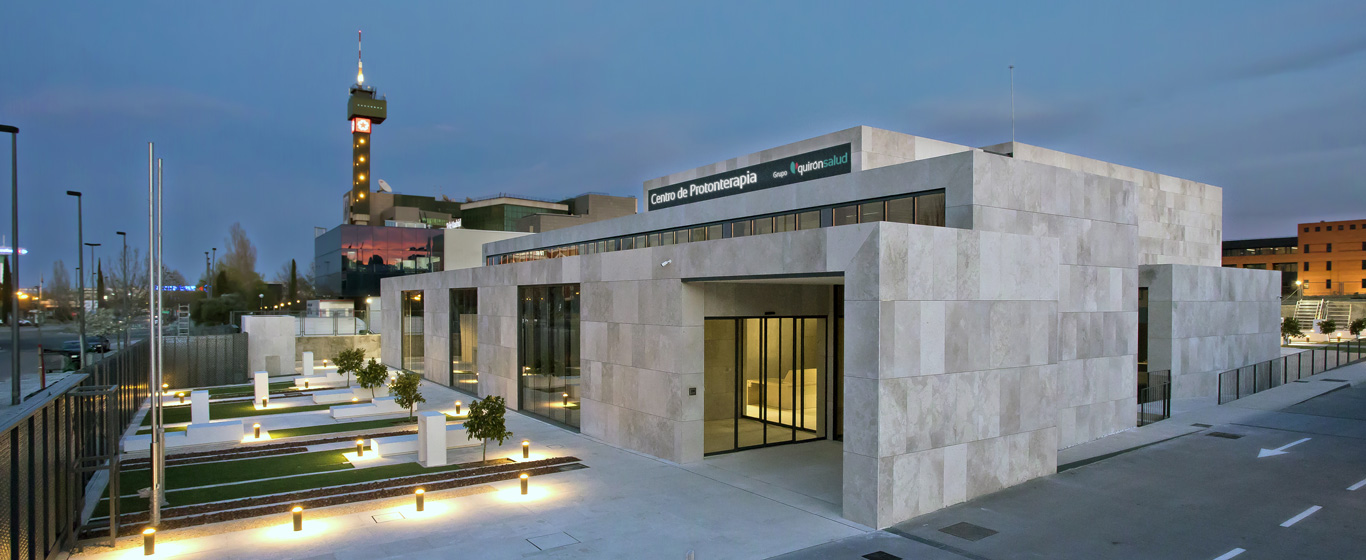Liver Biopsy
A liver biopsy is a diagnostic procedure that involves extracting and then analyzing a sample of liver tissue under a microscope. The sample can be obtained using different techniques: needle aspiration, laparoscopy, or catheterization.

General Description
A liver biopsy is a procedure in which a sample of liver tissue is taken for microscopic examination.
Depending on the technique used, there are different types of liver biopsies:
- Percutaneous liver biopsy: The most common procedure, performed using a needle insertion.
- Laparoscopic liver biopsy: A minimally invasive surgery that utilizes a laparoscope, a tube equipped with a camera.
- Transjugular liver biopsy: Access to the liver is achieved by inserting a catheter through the jugular vein into the right hepatic vein. This technique is less precise and is used when there are coagulation disorders and a high risk of bleeding.
When Is It Indicated?
A liver biopsy is generally indicated when biochemical tests or imaging studies yield abnormal or inconclusive results. A liver biopsy allows for:
- Detecting liver diseases and assessing their severity.
- Examining an abnormal mass or cellular growth, such as a tumor or cancer.
- Evaluating liver damage caused by medication.
- Monitoring liver function after a transplant.
- Assessing the response to treatment for a liver disease.
How Is It Performed?
In a percutaneous biopsy, ultrasound imaging (or, in some cases, a CT scan) is used to locate the liver before the puncture and to guide the needle during the procedure. The needle is inserted into the lower right side of the rib cage, between two ribs, and the sample is extracted by aspiration or cutting.
In a laparoscopic biopsy, a small incision is made in the abdomen through which the laparoscope is inserted. The images obtained by this device are displayed in real time on a monitor. Using these images as a guide, additional incisions are made to insert surgical instruments for sample extraction. Gas is also introduced into the abdomen to expand it and facilitate the procedure.
The transjugular biopsy involves inserting a catheter (a thin, flexible tube) through the jugular vein and, using real-time X-ray imaging, guiding it to one of the hepatic veins. Once there, a contrast dye is injected through the catheter to visualize the blood vessels. The catheter has a needle at one end that collects the sample by penetrating the hepatic vein wall into the liver.
Immediately after obtaining the sample, regardless of the technique used, it must be preserved in a sterile container with formalin (CH₂O) and sealed to prevent cell decomposition and oxidation. In the laboratory, the sample is sliced into thin sections and treated with substances that help distinguish potential cellular abnormalities more easily. The sections are then placed on a glass slide for microscopic examination.
Risks
The most common complication of a liver biopsy is pain in the upper abdominal area, though this is usually temporary and can be relieved with pain medication. Less common risks include:
- Internal bleeding.
- Infection at the puncture site.
- Accidental injury to surrounding organs, such as the gallbladder or lung.
- Allergic reaction to the contrast dye.
- Facial nerve damage in the case of a transjugular biopsy, which can cause temporary effects such as a drooping eyelid.
- Hoarseness or a weak voice after a transjugular biopsy.
- Hematoma (pain and swelling) at the catheter insertion site.
What to Expect During a Liver Biopsy
Before the procedure begins, the patient must undress and put on a hospital gown. If the biopsy is performed using X-rays, all metal objects must also be removed.
For a percutaneous biopsy, the patient lies on their back with their right arm positioned above their head. The doctor locates the liver using ultrasound or by lightly tapping the chest and abdomen, then marks the insertion site. A local anesthetic is administered. The sample is extracted within a few seconds, during which the patient must remain still and hold their breath. Once the sample is collected, a bandage is applied to the puncture site. After the anesthesia wears off, the patient may experience referred pain in the shoulder, which typically resolves within 12 hours.
For a laparoscopic biopsy, general anesthesia is usually administered. Once the procedure is complete and the laparoscope and surgical instruments are removed, the abdominal incisions are sutured and covered with bandages.
For a transjugular biopsy, local anesthesia is applied to the neck at the catheter insertion site. Patients may feel pressure during the incision but should not experience discomfort as the catheter moves through the veins. After the sample is collected, the catheter is removed, and pressure is applied to the incision for a few minutes to prevent bleeding (no stitches are required).
In all cases, the patient must remain in the recovery area for four to six hours to monitor vital signs and ensure no bleeding occurs. Additionally, they should avoid physical exertion and heavy lifting for seven days after the biopsy.
Medical Specialties That Order Liver Biopsies
Liver biopsies are typically ordered by specialists in hepatology, within the digestive system medicine unit, or by oncologists. Laboratory analysis of the sample is performed by pathology specialists.
How to prepare
Before the procedure, blood tests are conducted to measure clotting levels, and in some cases, a 24-hour hospital stay may be required. Patients may also need to fast for several hours before the biopsy. Additionally, they must sign a consent form and inform their doctor if they:
- Are taking anticoagulant or anti-inflammatory medication, as these increase the risk of bleeding and may need to be discontinued prior to the procedure.
- Have a history of adverse reactions to anesthesia or contrast agents.
- Are pregnant, as radiation from X-rays or CT scans could affect the fetus.





















































































